
Jardin Exotique de Monaco: A Botanical Wonderland
Explore the Jardin Exotique de Monaco, a breathtaking botanical garden with exotic plants, stunning views, and a fascinating cave, nestled on the cliffs of Monaco.
Nestled on the cliffside of Monaco, the Jardin Exotique de Monaco is a captivating botanical garden that offers a feast for the senses. This stunning garden is home to a vast collection of exotic plants, particularly succulents and cacti, which thrive in the Mediterranean climate. As you wander through the garden's winding paths, you will be treated to breathtaking views of Monaco and the sparkling Mediterranean Sea below. The garden was inaugurated in 1933 and has since become a must-visit attraction for nature lovers and tourists alike. With its well-maintained terraces and diverse plant species from around the world, the Jardin Exotique is not just a visual delight but also an educational experience. The garden also features a fascinating cave, the Observatory Cave, which can be explored with guided tours, showcasing incredible stalactites and stalagmites formations. In addition to the lush greenery, the garden is also home to a small museum, the Museum of Prehistoric Anthropology. Here, visitors can learn about the prehistoric past of the region through a collection of artifacts and exhibits. Whether you're a botany enthusiast or simply looking for a serene escape, the Jardin Exotique de Monaco offers a unique and enriching experience that shouldn't be missed.
Local tips in Jardin Exotique de Monaco
- Visit early in the morning or late afternoon to avoid the midday heat and crowds.
- Wear comfortable walking shoes as the garden's terrain can be steep and uneven.
- Bring a camera to capture the panoramic views of Monaco and the Mediterranean Sea.
- Check the schedule for guided tours of the Observatory Cave for a complete experience.
- Allocate some time to visit the Museum of Prehistoric Anthropology located within the garden.
Jardin Exotique de Monaco: A Botanical Wonderland
Nestled on the cliffside of Monaco, the Jardin Exotique de Monaco is a captivating botanical garden that offers a feast for the senses. This stunning garden is home to a vast collection of exotic plants, particularly succulents and cacti, which thrive in the Mediterranean climate. As you wander through the garden's winding paths, you will be treated to breathtaking views of Monaco and the sparkling Mediterranean Sea below. The garden was inaugurated in 1933 and has since become a must-visit attraction for nature lovers and tourists alike. With its well-maintained terraces and diverse plant species from around the world, the Jardin Exotique is not just a visual delight but also an educational experience. The garden also features a fascinating cave, the Observatory Cave, which can be explored with guided tours, showcasing incredible stalactites and stalagmites formations. In addition to the lush greenery, the garden is also home to a small museum, the Museum of Prehistoric Anthropology. Here, visitors can learn about the prehistoric past of the region through a collection of artifacts and exhibits. Whether you're a botany enthusiast or simply looking for a serene escape, the Jardin Exotique de Monaco offers a unique and enriching experience that shouldn't be missed.
When is the best time to go to Jardin Exotique de Monaco?
Iconic landmarks you can’t miss
Musée océanographique de Monaco
Explore marine wonders and conservation at the Musée Océanographique de Monaco, a stunning museum that captivates with its marine life and rich history.
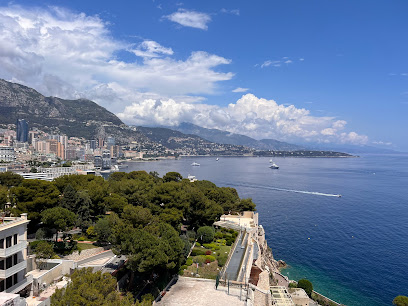
Prince's Palace of Monaco
Discover the royal heritage and breathtaking views at the Prince's Palace of Monaco, a cultural landmark steeped in history and elegance.
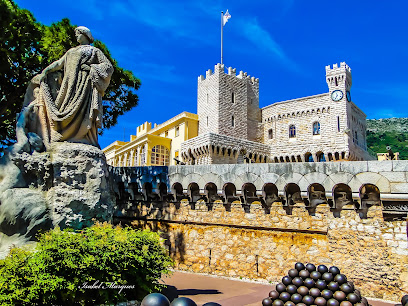
Princess Grace Japanese Garden
Explore the serene beauty of the Princess Grace Japanese Garden, a tranquil retreat in the heart of Monaco's vibrant cityscape.
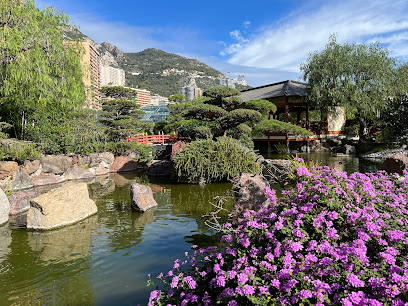
Exotic Garden of Monaco
Explore the Exotic Garden of Monaco, a botanical paradise with stunning views, unique plant species, and a touch of history amidst the Mediterranean beauty.
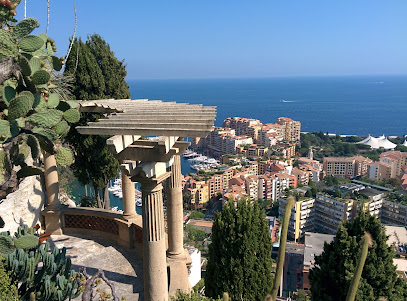
Cathédrale de Monaco
Discover the beauty and history of Cathédrale de Monaco, a stunning architectural masterpiece and cultural landmark in the heart of Monaco.
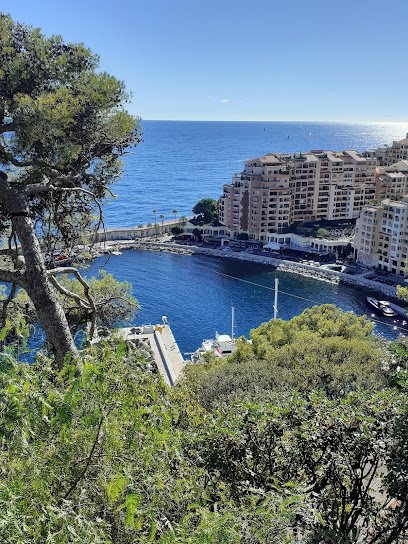
Jardin Animalier de Monaco
Explore the enchanting Jardin Animalier de Monaco, a captivating zoo and animal park showcasing exotic wildlife in a beautifully designed landscape.
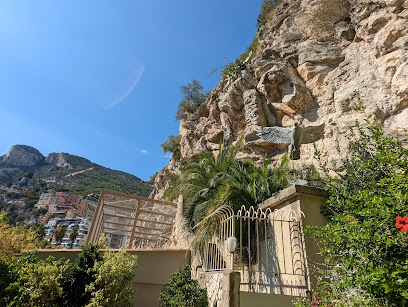
Roseraie Princesse Grace
Explore the breathtaking Roseraie Princesse Grace in Monaco, a serene garden showcasing over 8,000 rose bushes, artistic sculptures, and stunning Mediterranean views.
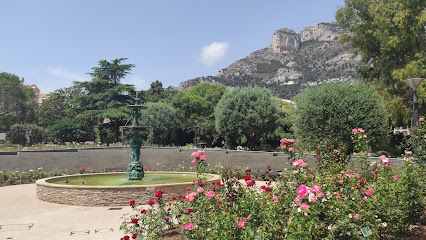
Princess Grace Rose Garden
Explore the Princess Grace Rose Garden in Monaco, a vibrant oasis filled with thousands of exquisite roses and stunning landscapes, perfect for a tranquil escape.
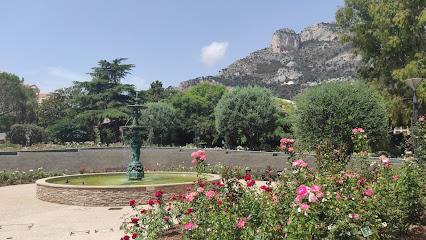
Jardins Saint-Martin
Explore Jardins Saint-Martin in Monaco, a stunning city park filled with exotic plants, fountains, and breathtaking views of the Mediterranean.
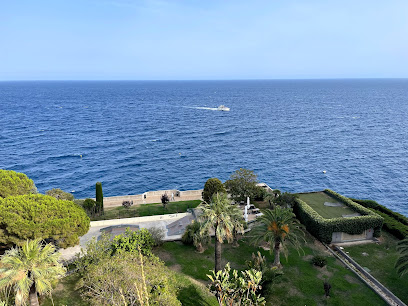
Parc Princesse Antoinette
Explore the lush landscapes of Parc Princesse Antoinette, a serene city park in Monaco perfect for relaxation, family fun, and stunning views.
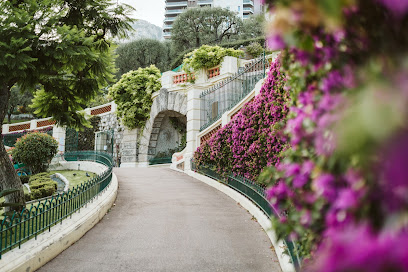
Jardins de la Petite Afrique
Explore the lush beauty and tranquil atmosphere of Jardins de la Petite Afrique, a hidden gem in the heart of Monaco's vibrant landscape.
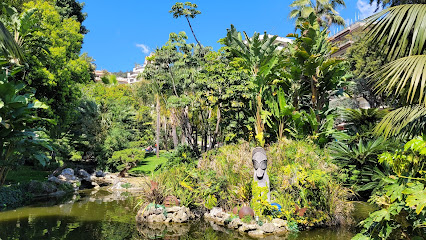
Panoramic view of Monaco
Discover the stunning vistas of Monaco from the Panoramic View, a breathtaking observation deck that showcases the beauty of this luxurious city-state.
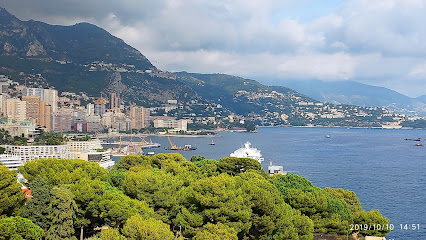
Place du palais
Explore the grandeur of Place du Palais, Monaco's majestic historical landmark, offering stunning views and a glimpse into royal history.

New National Museum of Monaco - Villa Paloma
Explore the New National Museum of Monaco - Villa Paloma, where contemporary art meets breathtaking views in a serene and elegant setting.
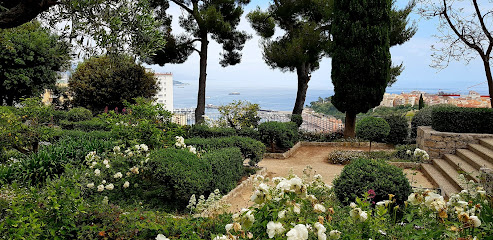
New National Museum of Monaco – Villa Sauber
Explore the artistic allure of the New National Museum of Monaco – Villa Sauber, where contemporary art meets serene gardens in a cultural paradise.
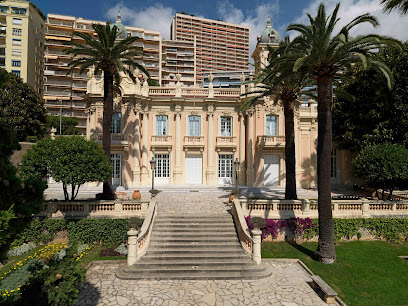
Unmissable attractions to see
Antibes Land Park
Antibes Land Park: A family-friendly amusement park in Antibes, offering thrilling rides, beautiful gardens, and unforgettable fun for all ages.
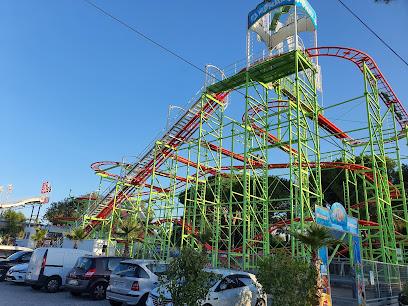
Plage des Sablettes
Discover the beauty of Plage des Sablettes, Menton's enchanting public beach, where sun-soaked relaxation meets stunning Mediterranean views.
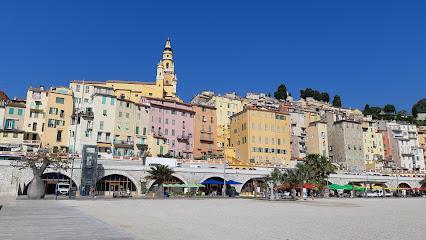
Riviera & Tours
Experience the best of Nice with Riviera & Tours, where vibrant nightlife meets scenic sightseeing on the breathtaking French Riviera.
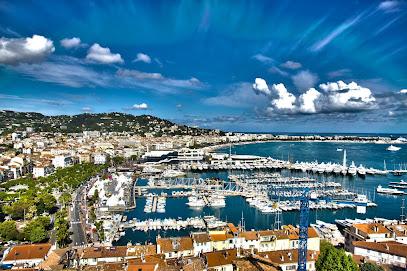
Théâtre du Fort Antoine
Discover the enchanting Théâtre du Fort Antoine, an open-air theater in Monaco, showcasing captivating performances against a stunning Mediterranean backdrop.
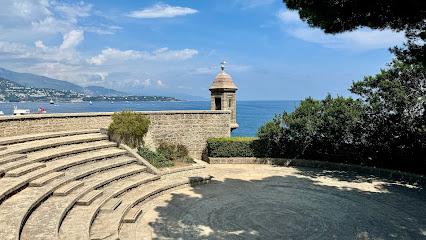
Point View Monaco
Experience stunning panoramic views of Monaco and the Mediterranean from Point View Monaco, your gateway to breathtaking landscapes and unforgettable memories.
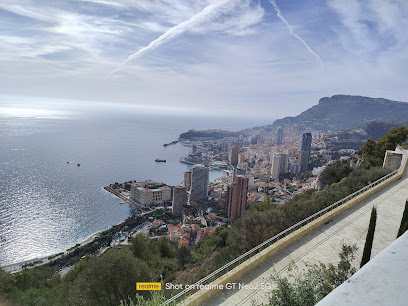
French Riviera Wine Tours
Discover the exquisite wines of the French Riviera with immersive tours that blend education, culture, and breathtaking scenery in Nice.
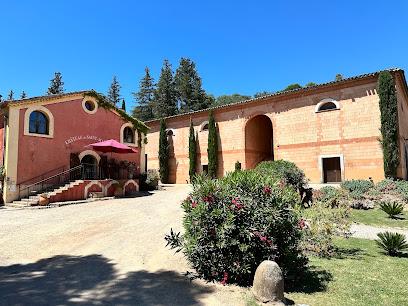
Tourist Office of Antibes Juan-les-pins
Explore Antibes Juan-les-Pins, a stunning coastal gem on the French Riviera, with insights from the local Tourist Office for an unforgettable experience.

Cimetière du Château
Explore the breathtaking Cimetiere du Château in Nice, a serene cemetery offering stunning views and a rich cultural history amidst lush gardens.

Cave Bianchi depuis 1860
Discover the charm of Cave Bianchi, a historic wine cellar in Nice, offering exquisite wines and a delightful tasting experience in a rustic setting.
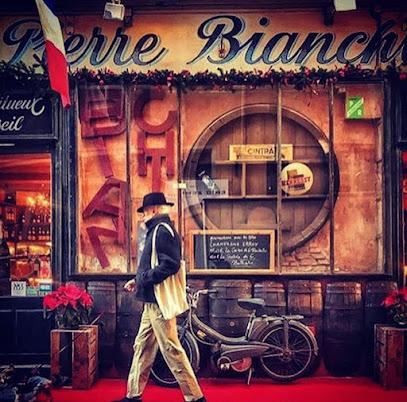
Batterie du Mont Boron
Explore Mont Boron in Nice, where historic fortresses meet breathtaking views of the Mediterranean, offering an unforgettable experience on the French Riviera.
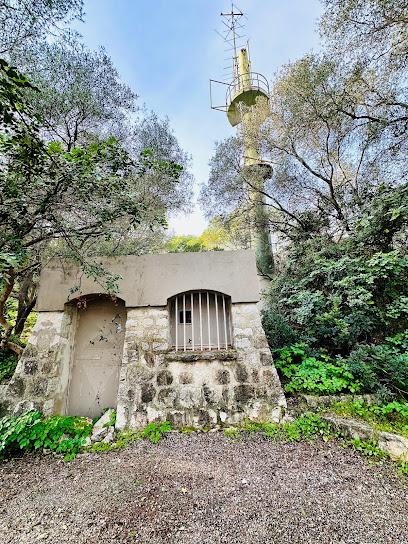
Piscine Municipale Princesse Charlène de Monaco
Experience relaxation and stunning Mediterranean views at Piscine Municipale Princesse Charlène de Monaco in La Turbie.
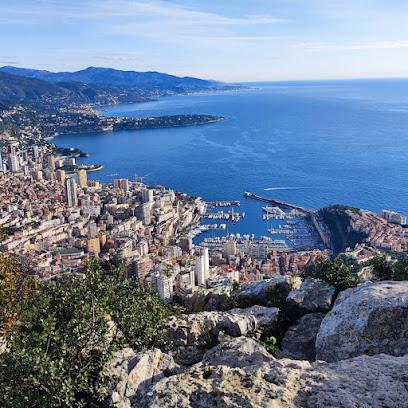
Cave Riviera Cannes
Explore the exquisite selection of wines and spirits at Cave Riviera Cannes, your gateway to the finest local flavors in the heart of the French Riviera.
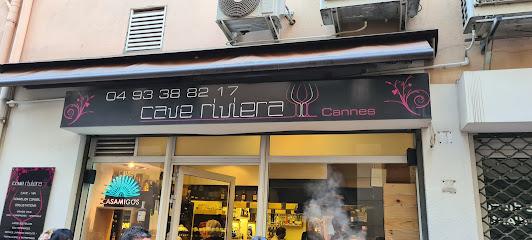
Location de vélo Nice - Nice Cycle Tours Bike Rental
Discover the enchanting city of Nice on two wheels with Nice Cycle Tours - your gateway to stunning coastal views and local culture.

Jardin des Douaniers
Explore the vibrant flora and serene views at Jardin des Douaniers, a tranquil park in Cap-d'Ail offering a perfect escape for all visitors.
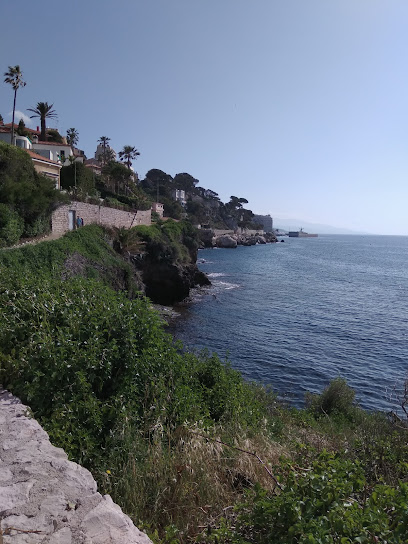
Verrerie d'Art de Gourdon
Discover the beauty of handmade glass art at Verrerie d'Art de Gourdon, a must-see destination for art lovers in the heart of the French Riviera.
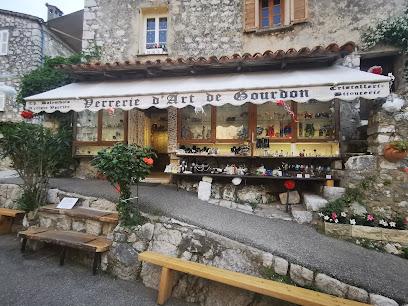
Essential places to dine
Monaco Brewery
Experience Monaco's vibrant craft beer scene at Monaco Brewery – where delicious brews meet culinary delights in an inviting atmosphere.
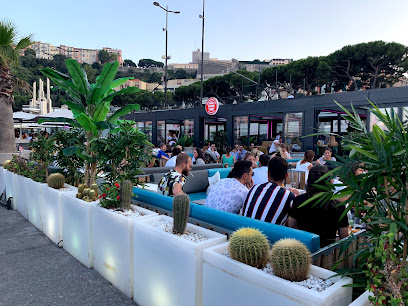
Steak ‘n Shake
Indulge in delicious hamburgers and shakes at Steak ‘n Shake in Monaco – where American comfort food meets luxury dining.
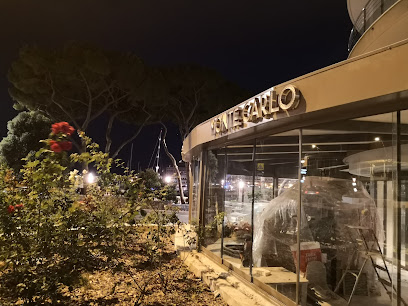
Beefbar
Experience unparalleled luxury at Beefbar, Monaco's premier steakhouse offering gourmet meat dishes with stunning waterfront views.
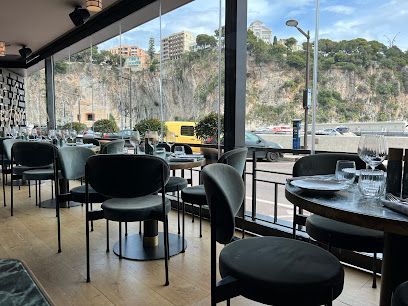
Caffè Milano
Experience exquisite Mediterranean cuisine with stunning harbor views at Caffè Milano in Monaco.
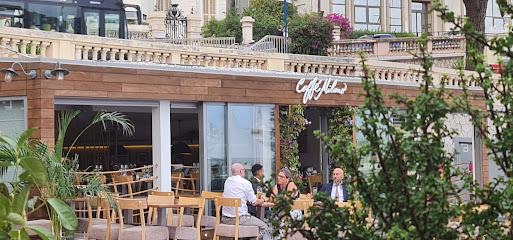
Il Terrazzino
Experience authentic Italian cuisine at Il Terrazzino in Monaco, where delicious flavors meet an inviting atmosphere.
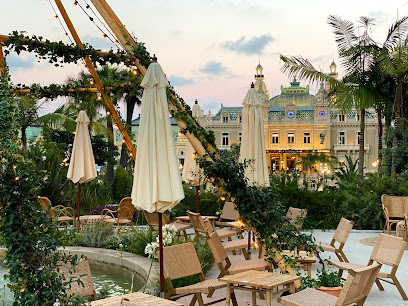
Jack Monaco
Discover culinary delights and vibrant nightlife at Jack Monaco – where exquisite small plates meet crafted cocktails in a stylish ambiance.

Cipriani Monte Carlo
Experience exquisite Italian cuisine at Cipriani Monte Carlo, where luxury meets culinary artistry in the heart of Monaco.
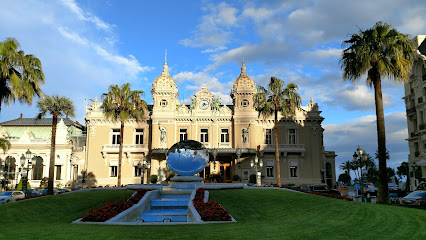
Planet Pasta
Experience authentic Italian cuisine at Planet Pasta in Monaco - where every dish tells a story.
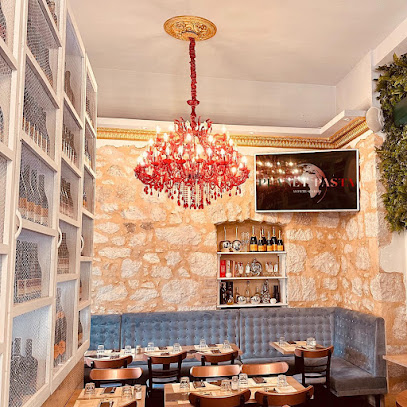
Quai des Artistes
Experience exquisite French cuisine at Quai des Artistes in Monaco—where culinary artistry meets breathtaking waterfront views.
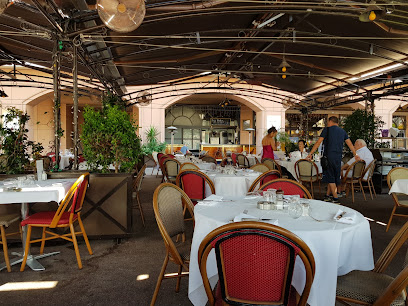
Le Louis XV-Alain Ducasse à l'Hôtel de Paris
Discover unparalleled luxury and gastronomic excellence at Le Louis XV-Alain Ducasse à l'Hôtel de Paris in Monaco.
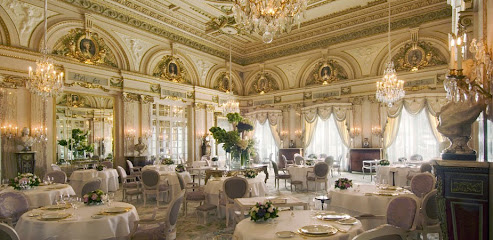
The Pearls of Monte-Carlo
Experience exquisite seafood dining at The Pearls of Monte-Carlo with stunning harbor views and unparalleled Mediterranean flavors.
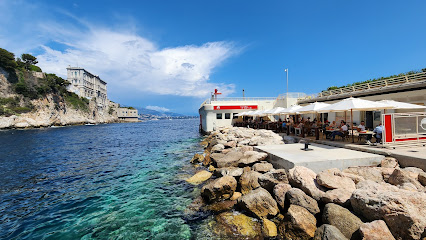
Rampoldi Monte Carlo
Discover culinary luxury at Rampoldi Monte Carlo - where authentic Italian flavors meet opulent dining in Monaco's vibrant heart.

Le Petit Bar Monaco
Discover the authentic flavors of Monaco at Le Petit Bar, where cozy ambiance meets exquisite cuisine in a charming bistro setting.
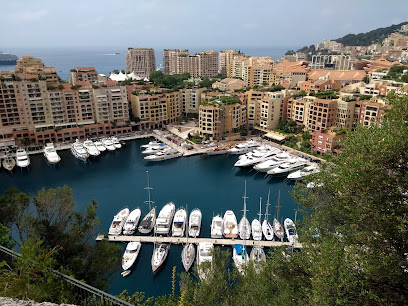
Restaurant P&P
Experience the true taste of Italy at Restaurant P&P in Monaco - where delicious pizzas meet warm hospitality.
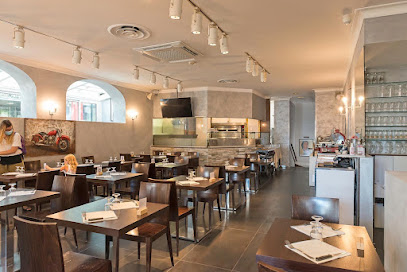
Maison des Pâtes Condamine
Discover authentic Italian flavors at Maison des Pâtes Condamine, where handmade pasta meets the vibrant culture of Monaco.
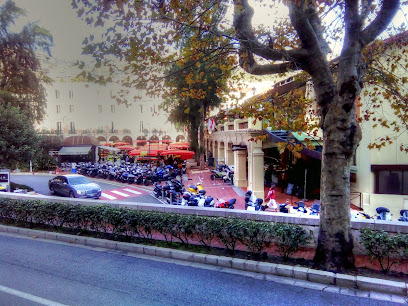
Markets, malls and hidden boutiques
Boutique Officielle AS Monaco x Kappa
Discover the official AS Monaco merchandise at Boutique Officielle AS Monaco x Kappa, a must-visit for soccer fans in Monaco.
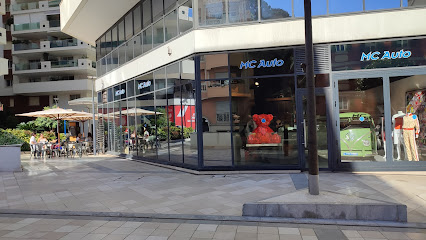
Souvenirs Shop Monaco
Explore Souvenirs Shop Monaco for unique gifts, local delicacies, and a taste of the Riviera's charm.

Alexander McQueen
Discover the essence of luxury fashion at Alexander McQueen in Monaco, where style meets exquisite craftsmanship in a stunning retail experience.
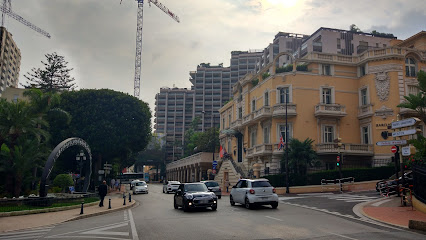
Les 5 saveurs
Discover a unique gift shop in Monaco offering candles, cosmetics, women's clothing, gourmet groceries, and exquisite perfumes.
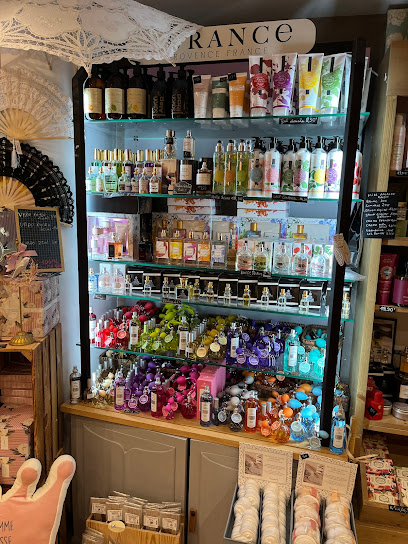
Bury
Discover Bury in Monaco: A premier luggage store offering stylish travel essentials and accessories for every adventurer.
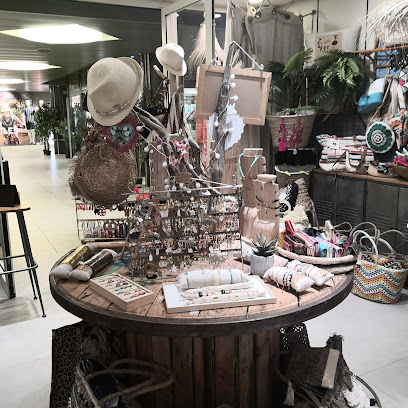
Boutique COSTA Monaco - Jardin Exotique
Discover the sweet delights of Boutique COSTA Monaco - a charming bakery nestled in the beautiful Jardin Exotique, perfect for a delicious break.
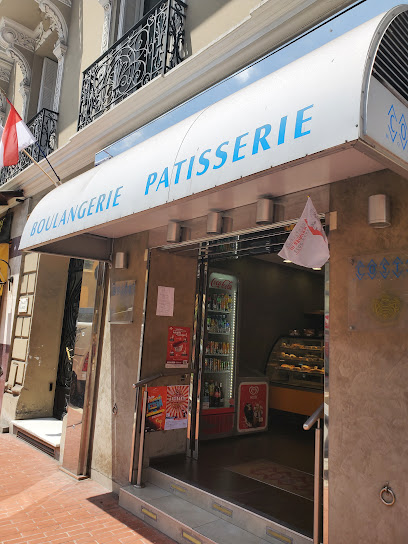
Souvenirs Shop Louis II Monaco
Discover unique gifts and local treasures at Souvenirs Shop Louis II, the perfect place to find mementos from your Monaco adventure.
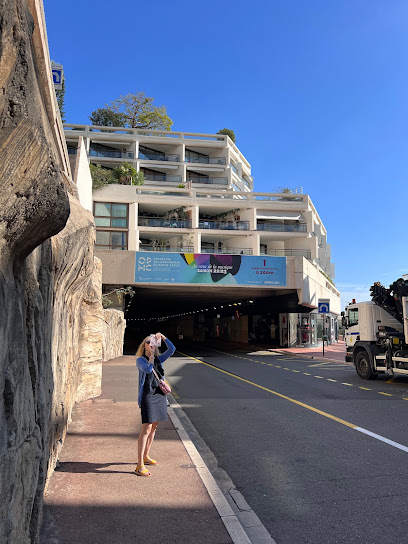
Marie Dentelle
Discover unique artisanal gifts at Marie Dentelle, the charming gift shop in Monaco offering a taste of local craftsmanship and elegance.
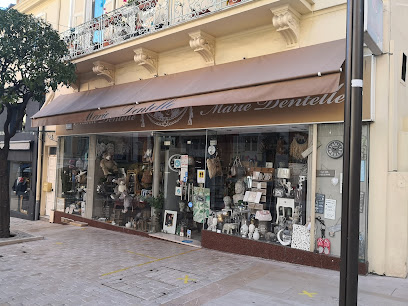
Monaco Poteries
Explore the exquisite gift baskets of Monaco Poteries, where local craftsmanship meets Mediterranean elegance in every unique creation.
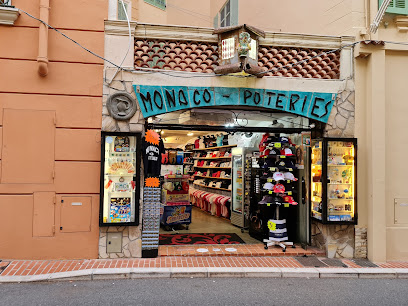
Suvegni de Mùnegu (U)
Discover unique souvenirs and luxurious gifts at Suvegni de Mùnegu, a must-visit gift shop in the heart of Monaco offering a taste of local craftsmanship.

Monaco Souvenirs Monte-Carlo
Explore Monaco Souvenirs Monte-Carlo for an exquisite selection of keepsakes and gifts that celebrate the charm and elegance of the principality.
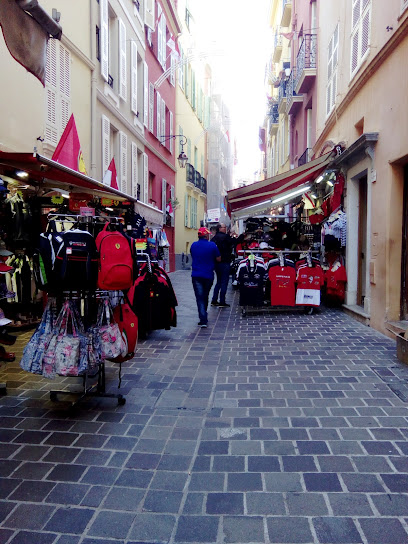
Monaco Store
Explore the charm of Monaco at Monaco Store, where unique gifts, local beverages, and delightful souvenirs await every traveler.
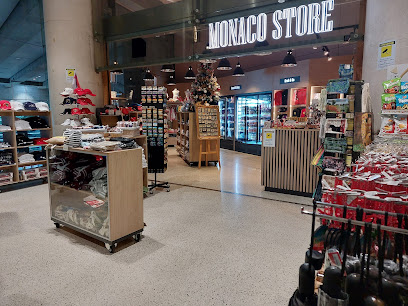
Parasettu (U)
Explore Parasettu in Monaco for unique gifts, local crafts, and unforgettable souvenirs that capture the essence of the principality.
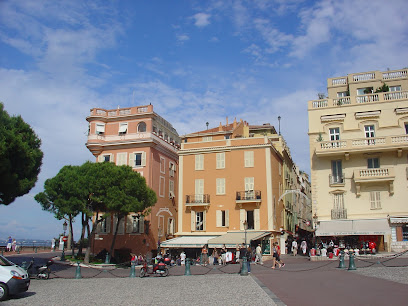
Toy's Mania CORNER STORE MONACO
Explore a magical selection of toys, collectibles, and unique gifts at Toy's Mania CORNER STORE in Monaco, perfect for all ages.
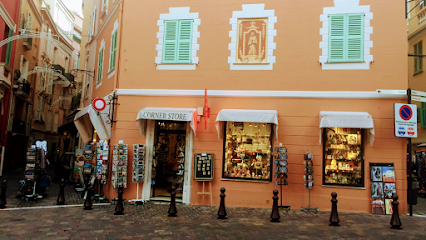
YOUR'S Monaco
Explore YOUR'S Monaco, the epitome of luxury women's fashion in the heart of Monaco, offering exclusive styles and timeless elegance.
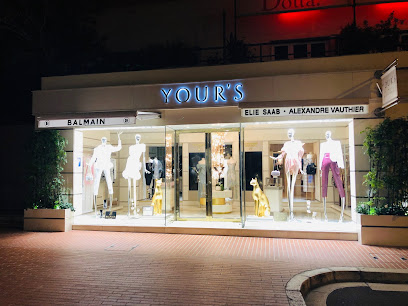
Essential bars & hidden hideouts
Monaco Brewery
Experience Monaco's vibrant brewpub culture at Monaco Brewery, where craft beers meet gourmet dining in an unforgettable atmosphere.
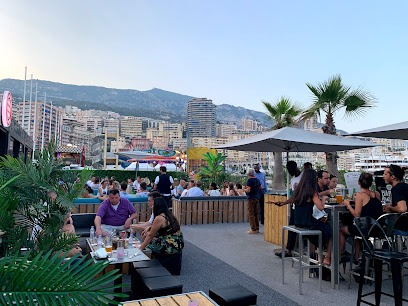
Buddha-Bar Monte-Carlo
Indulge in the exquisite fusion of Asian cuisine and vibrant nightlife at Buddha-Bar Monte-Carlo, an iconic destination for luxury seekers.
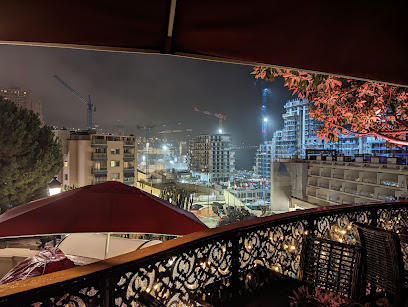
La Rascasse
Experience Monaco's vibrant nightlife and exquisite cuisine at La Rascasse, the perfect blend of bar, restaurant, and disco club.
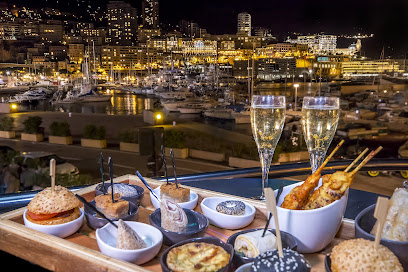
Équivoque Exclusive Rooftop Bar - Principauté de Monaco
Discover the Équivoque Exclusive Rooftop Bar in Monaco - where breathtaking views meet exquisite cocktails for an unforgettable experience.
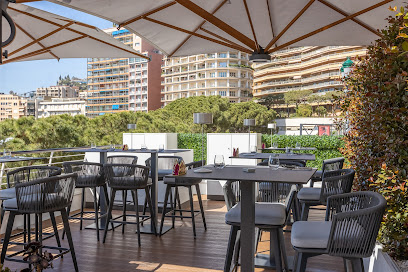
Le Petit Bar Monaco
Experience the charm of Mediterranean cuisine at Le Petit Bar Monaco, a delightful bistro offering authentic flavors and a cozy atmosphere.
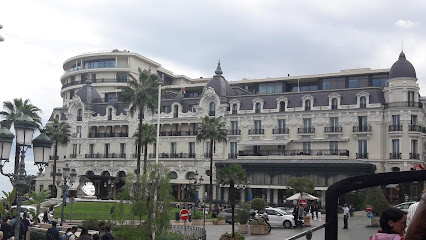
Le Bar Américain
Experience the epitome of luxury at Le Bar Américain, Monaco's premier cocktail bar and restaurant, offering exquisite drinks and vibrant nightlife.
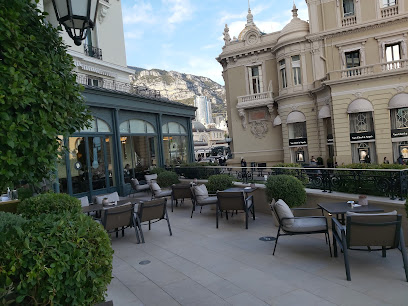
Before Monaco
Experience the elegance of Before Monaco, a premier lounge and restaurant offering exquisite cuisine and cocktails in the heart of Monaco's luxury.
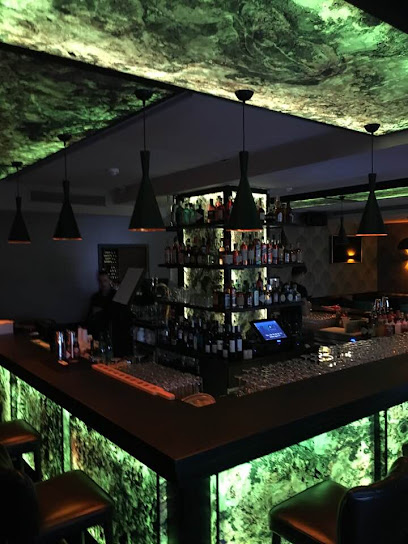
Le Rouge et le Blanc
Discover the sophisticated charm of Le Rouge et le Blanc, a premier wine bar in Monaco, offering an exquisite selection of wines and delectable tapas.
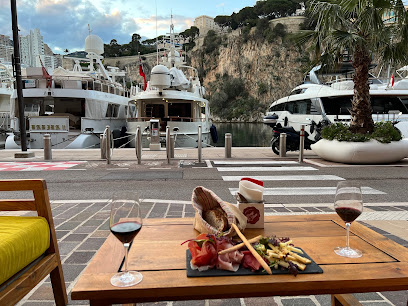
Slammer's
Discover the charm of Slammer's, a cozy piano bar in Monaco offering exquisite drinks and enchanting live performances.
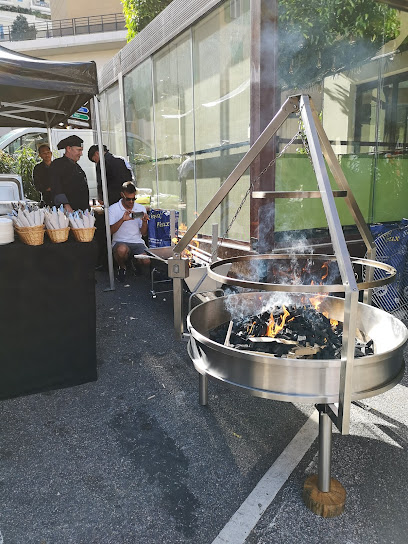
DUKE
Discover the exquisite atmosphere and stunning views at DUKE, Monaco's premier bar for cocktails and conversation.
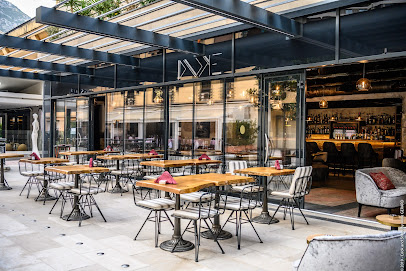
Monaco Bar
Experience the vibrant atmosphere of Monaco Bar, the perfect spot for coffee, cocktails, and cultural immersion in the heart of Monaco.
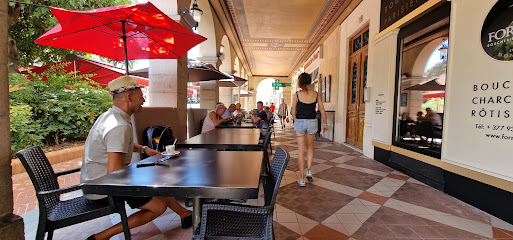
Bar Azur
Discover Bar Azur in Monaco: A vibrant bar tabac offering exquisite drinks and delightful bites amid stunning views and a welcoming atmosphere.
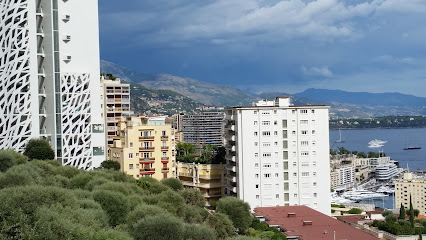
Le Limùn
Discover the luxurious culinary experience at Le Limùn, a chic bar and restaurant in the heart of Monaco, perfect for every occasion.

Veuve Cliquot
Discover the luxurious Veuve Clicquot bar at Hotel de Paris Monte-Carlo, where elegance meets exquisite champagne in a stunning Monaco setting.
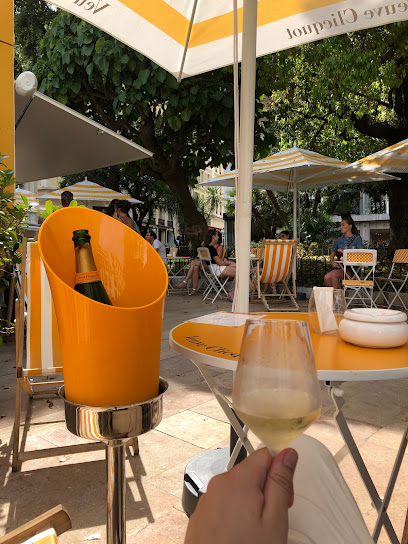
Le Bar du Quai
Discover the vibrant atmosphere and exquisite drinks at Le Bar du Quai, a must-visit bar in the heart of Monaco with stunning harbor views.
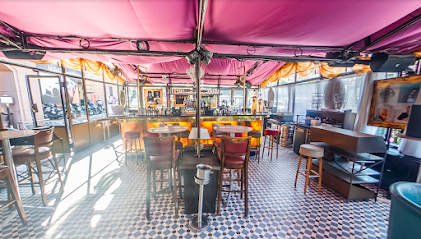
Local Phrases about Jardin Exotique de Monaco
-
- HelloBonjour
[bon-zhoor] - GoodbyeAu revoir
[oh ruh-vwahr] - YesOui
[wee] - NoNon
[nohn] - Please/You're welcomeS'il vous plaît / De rien
[seel voo pleh / duh ryen] - Thank youMerci
[mehr-see] - Excuse me/SorryExcusez-moi / Désolé
[ex-kew-zay mwa / day-zo-lay] - How are you?Comment ça va?
[koh-mohn sah vah] - Fine. And you?Bien. Et vous?
[byen. ay voo] - Do you speak English?Parlez-vous anglais?
[par-lay voo ahn-glay] - I don't understandJe ne comprends pas
[zhuh nuh kohm-prahn pah]
- HelloBonjour
-
- I'd like to see the menu, pleaseJe voudrais voir le menu, s'il vous plaît
[zhuh voo-dray vwar luh muh-nyuh, seel voo pleh] - I don't eat meatJe ne mange pas de viande
[zhuh nuh mahnj pah duh vyand] - Cheers!Santé!
[sahn-tay] - I would like to pay, pleaseJe voudrais payer, s'il vous plaît
[zhuh voo-dray pay-yay, seel voo pleh]
- I'd like to see the menu, pleaseJe voudrais voir le menu, s'il vous plaît
-
- Help!Au secours!
[oh suh-koor] - Go away!Allez-vous en!
[ah-lay voo zahn] - Call the Police!Appelez la police!
[ah-peh-lay lah poh-lees] - Call a doctor!Appelez un médecin!
[ah-peh-lay uh meh-deh-sahn] - I'm lostJe suis perdu
[zhuh swee pair-doo] - I'm illJe suis malade
[zhuh swee mah-lahd]
- Help!Au secours!
-
- I'd like to buy...Je voudrais acheter...
[zhuh voo-dray zheh-tey] - I'm just lookingJe regarde juste
[zhuh ruh-gard zhew-stuh] - How much is it?Combien ça coûte?
[kohm-byen sah koot] - That's too expensiveC'est trop cher
[say troh shay] - Can you lower the price?Pouvez-vous baisser le prix?
[poo-vei voo bay-say luh pree]
- I'd like to buy...Je voudrais acheter...
-
- What time is it?Quelle heure est-il?
[kehl uhr ay-teel] - It's one o'clockIl est une heure
[eel ay oon uhr] - Half past (10)Dix heures et demie
[dees uhr ay duh-mee] - MorningMatin
[mah-tan] - AfternoonAprès-midi
[ah-pray meed-ee] - EveningSoir
[swahr] - YesterdayHier
[yehr] - TodayAujourd'hui
[oh-zhoor-dwee] - TomorrowDemain
[duh-mahn] - 1Un
[uhn] - 2Deux
[duh] - 3Trois
[trwah] - 4Quatre
[kat-ruh] - 5Cinq
[sank] - 6Six
[sees] - 7Sept
[sept] - 8Huit
[wheat] - 9Neuf
[nurf] - 10Dix
[dees]
- What time is it?Quelle heure est-il?
-
- Where's a/the...?Où est...
[oo ay...] - What's the address?Quelle est l'adresse?
[kehl ay lah-dress] - Can you show me (on the map)?Pouvez-vous me montrer (sur la carte)?
[poo-vei voo muh mohn-tray (soor lah kart)] - When's the next (bus)?Quand est le prochain (bus)?
[kahn ay luh proh-shahn (boos)] - A ticket (to ....)Un billet (pour ...)
[uhn bee-yay (poor ...)]
- Where's a/the...?Où est...
History of Jardin Exotique de Monaco
-
The Jardin Exotique de Monaco was inaugurated on February 13, 1933. The garden was the brainchild of Prince Albert I, an avid naturalist and explorer, who envisioned a space that showcased exotic plant species from around the world. The garden was designed by the renowned landscape architect Louis Notari, who meticulously planned the layout to highlight the natural beauty of the plants and the dramatic topography of Monaco.
-
Augustin Gastaud, the head gardener, played a significant role in the development of Jardin Exotique de Monaco. His expertise in horticulture and dedication to the garden helped it thrive. Gastaud traveled extensively to countries such as Mexico and South Africa to collect rare cacti and succulents, which would become a vital part of the garden’s collection. His work laid the foundation for the garden's reputation as one of the premier collections of succulents and cacti in Europe.
-
In 1935, just two years after its opening, the garden expanded its collection significantly. This was made possible due to donations and exchanges with botanical gardens worldwide. The expansion included a variety of exotic plants from arid regions, adding to the diversity and appeal of the garden. This period marked the beginning of Jardin Exotique’s transformation into a world-class botanical garden.
-
In 1950, during routine maintenance, workers discovered a hidden cave within the garden. Named the Observatory Cave, it revealed stunning geological formations and prehistoric remains dating back to the Paleolithic era. Guided tours of the cave began shortly after its discovery, allowing visitors to explore its depths and learn about its historical significance. The cave added a new dimension to the garden, blending natural beauty with historical intrigue.
-
In 1960, the garden saw the addition of the Botanical Center, a facility dedicated to the study and conservation of plant species. This center became a hub for botanists and researchers from around the world, fostering international collaboration. The Botanical Center's research has been crucial in understanding the unique needs of exotic plants and has contributed to the conservation efforts of endangered species.
-
During the 1980s, Jardin Exotique de Monaco underwent significant modernization efforts to improve the visitor experience. New pathways were constructed, and informational plaques were installed to educate visitors about the various plant species. These changes were aimed at making the garden more accessible and informative for the increasing number of tourists. The modernization efforts also included the introduction of guided tours and educational programs.
-
Starting in the early 2000s, Jardin Exotique de Monaco began integrating art and culture into its landscape. The garden hosted various cultural events, including art exhibitions, musical performances, and educational workshops. This integration aimed to create a multifunctional space where visitors could enjoy both the botanical beauty and cultural richness of Monaco. The garden’s role as a cultural venue has since become an integral part of its identity.
-
Today, Jardin Exotique de Monaco stands as a testament to the vision of Prince Albert I and the dedication of countless individuals who have contributed to its growth. It is home to thousands of plant species and attracts visitors from around the globe. The garden continues to evolve, with ongoing efforts to preserve its unique collection and enhance the visitor experience. Its blend of botanical wonders and historical significance makes it a unique destination in Monaco.
Jardin Exotique de Monaco Essentials
-
Jardin Exotique de Monaco is situated in Monaco, easily accessible by various means of transportation. The nearest major airport is Nice Côte d'Azur Airport in France, approximately 30 kilometers away. From the airport, you can take a taxi, bus, or train to Monaco. The train journey is particularly scenic, following the beautiful Mediterranean coastline. Once in Monaco, local buses and taxis can take you directly to Jardin Exotique de Monaco.
-
Monaco has an efficient public transport system. The local bus network, operated by Compagnie des Autobus de Monaco, covers most parts of the city and includes a stop near Jardin Exotique de Monaco. Taxis are also readily available but can be more expensive. For a more leisurely option, consider walking—Monaco is a compact city, and many attractions are within walking distance of each other.
-
The official currency of Monaco is the Euro (EUR). Credit cards are widely accepted in hotels, restaurants, and shops, but it is advisable to carry some cash for small purchases or places that may not accept cards. ATMs are plentiful throughout Monaco, including near Jardin Exotique de Monaco.
-
Monaco is generally a very safe destination for tourists with a low crime rate. However, it is always wise to take standard precautions. Avoid leaving your belongings unattended and be cautious in crowded areas. There are no specific high-crime areas in Monaco, but staying aware of your surroundings will ensure a pleasant visit.
-
In case of emergency, you can dial 112 for immediate assistance. This number connects you to emergency services including police, fire, and medical services. There are several hospitals and clinics in Monaco, including the Centre Hospitalier Princesse Grace. It is advisable to have travel insurance that covers medical emergencies.
-
Fashion: Do dress smartly; Monaco is known for its stylish and fashionable residents. Avoid overly casual attire, especially in upscale areas. Religion: Do show respect when visiting religious sites. Public Transport: Do validate your bus ticket before boarding and be respectful to fellow passengers. Greetings: Do greet people with a polite 'Bonjour' or 'Bonsoir' depending on the time of day. Eating & Drinking: Do try local dishes and wines. Don't be overly loud in restaurants, as dining is seen as a refined activity.
-
To experience Jardin Exotique de Monaco like a local, visit early in the morning or late in the afternoon to avoid the peak tourist hours. Take time to explore the gardens at a leisurely pace and don't miss the nearby Observatory Cave, which offers guided tours. For a unique experience, consider attending one of the garden's seasonal events or workshops. Engage with the staff and locals, who are often willing to share their knowledge and passion for the garden.
Trending Landmarks in Jardin Exotique de Monaco
-
Musée océanographique de Monaco
-
Prince's Palace of Monaco
-
Princess Grace Japanese Garden
-
Exotic Garden of Monaco
-
Cathédrale de Monaco
-
Jardin Animalier de Monaco
-
Roseraie Princesse Grace
-
Princess Grace Rose Garden
-
Jardins Saint-Martin
-
Parc Princesse Antoinette
-
Jardins de la Petite Afrique
-
Panoramic view of Monaco
-
Place du palais
-
New National Museum of Monaco - Villa Paloma
-
New National Museum of Monaco – Villa Sauber
Nearby Cities to Jardin Exotique de Monaco
-
Things To Do in La Condamine
-
Things To Do in Les Moneghetti
-
Things To Do in Moneghetti
-
Things To Do in Monaco-Ville
-
Things To Do in Monte Carlo
-
Things To Do in Larvotto
-
Things To Do in Saint Roman
-
Things To Do in La Rousse
-
Things To Do in Nice
-
Things To Do in Cannes
-
Things To Do in Saint-Tropez
-
Things To Do in Genoa
-
Things To Do in Turin
-
Things To Do in Aix-en-Provence
-
Things To Do in Marseille







